One morning you wake up and your prized Brachychiton sp.(Flame Tree/Bottle Tree/Kurrajong) looks like it has been attacked by very tiny bondage experts!
Tiny white ropes have tied up all the stems sand branches, and the leaves are gathered in tiny bundles and bound.
You been visited by Dichocrosis clytusalis – Kurrajong bag moth/Kurrajong leaf-tying moth
We have seen lots of webbing caterpillars and moths since we have been here, and have seen some massive infestations on our Deep Yellowwoods(Rhodosphaera rhodanthema). Some have nearly been killed by the webbing and caterpillars.
Today we saw our first infestation on our prized Bottle Tree(Brachychiton rupestris) – (right and below)
We know what it is now and how to deal with it… but when we first saw one of our Brachychitons get infested we had no idea what it was…… and it looked bad.
Luckily it is easily treated and fixed.
The Moth larvae lives within the ‘bag’ formed by the leaves that are bound together. They live within the “bag” during the day and come out to feed on the tree at night. There may be more than one larvae per “bag.
There are a number of ways to treat this infestation.
- Cut off all the leaves that are bound or bagged. Squash, crush and dispose of the leaves. Allow the plant to recover.
- Squash the larvae within the ‘leaf bags’, and leave the leaves as they are. Watch for re-infestation.
This caterpillar will usually not kill the tree, and infestation is rarely found in normal forest settings. They usually occur in gardens, with isolated trees and roadside trees.
The first time we saw this moth/caterpillar on one of our Flame Trees(Brachychiton acerifolius). The tree was in a large pot and waiting to be put in the ground.
The three pictures below show how bad the infestation was. Almost every leaf on the tree was tied up and bound in a ‘bag’. Even the branches/stems were ‘lashed’ up.
We thought we would lose the tree, and had a small panic… before we found out the details.
So…. don’t panic! If you see one of your trees infested, it is likely it will survive with no real damage.
If the infestation is bad or the tree suffering, then you can take off the leaves or kill the larvae and your tree will recover.
All of ours have recovered well..

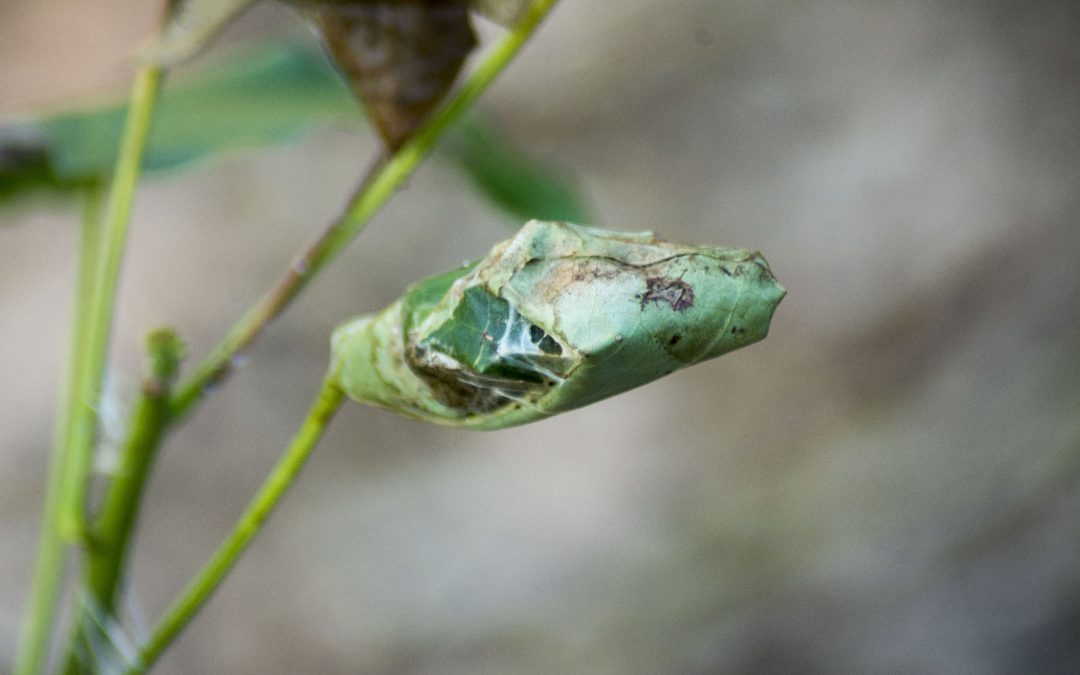
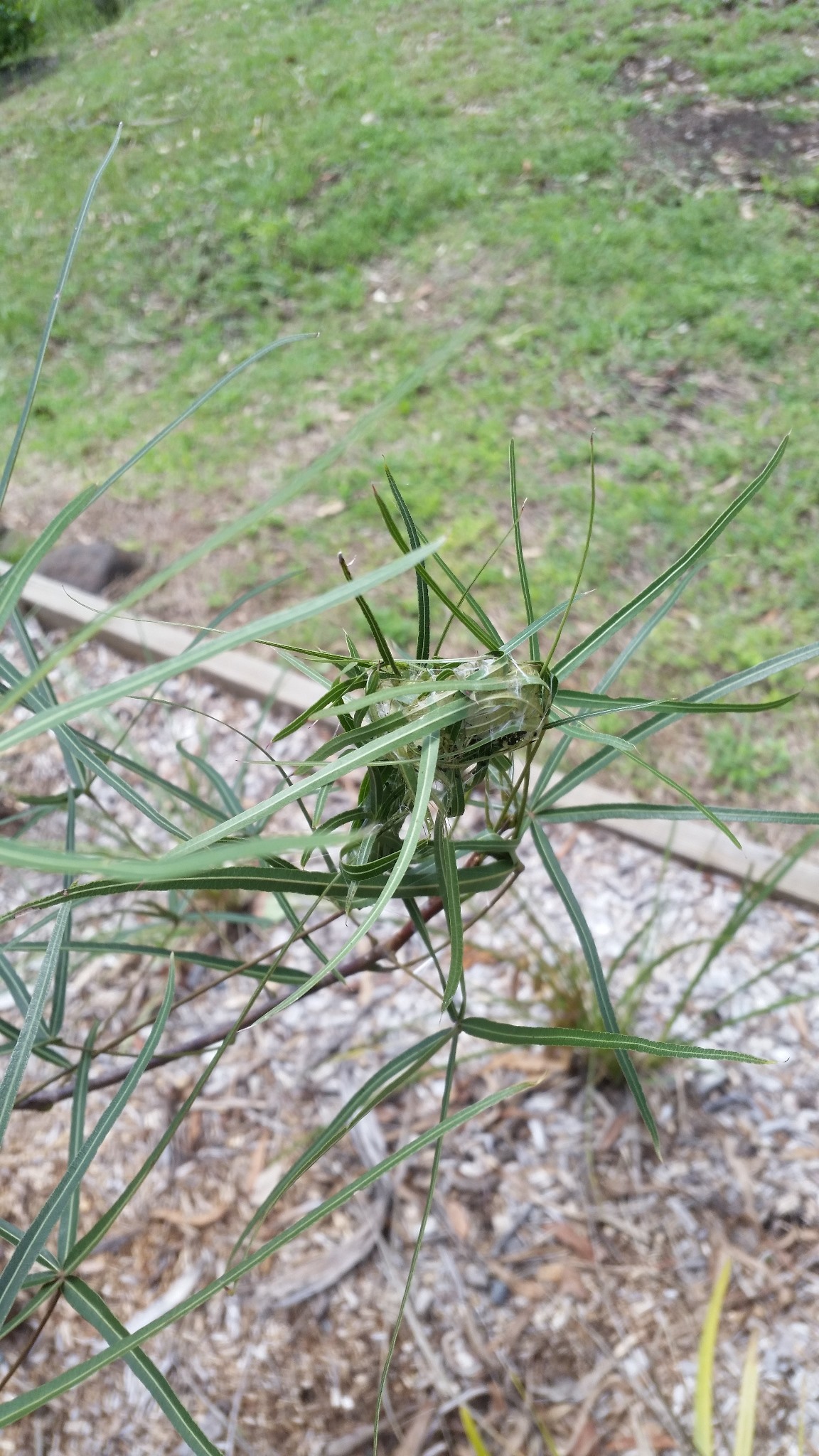
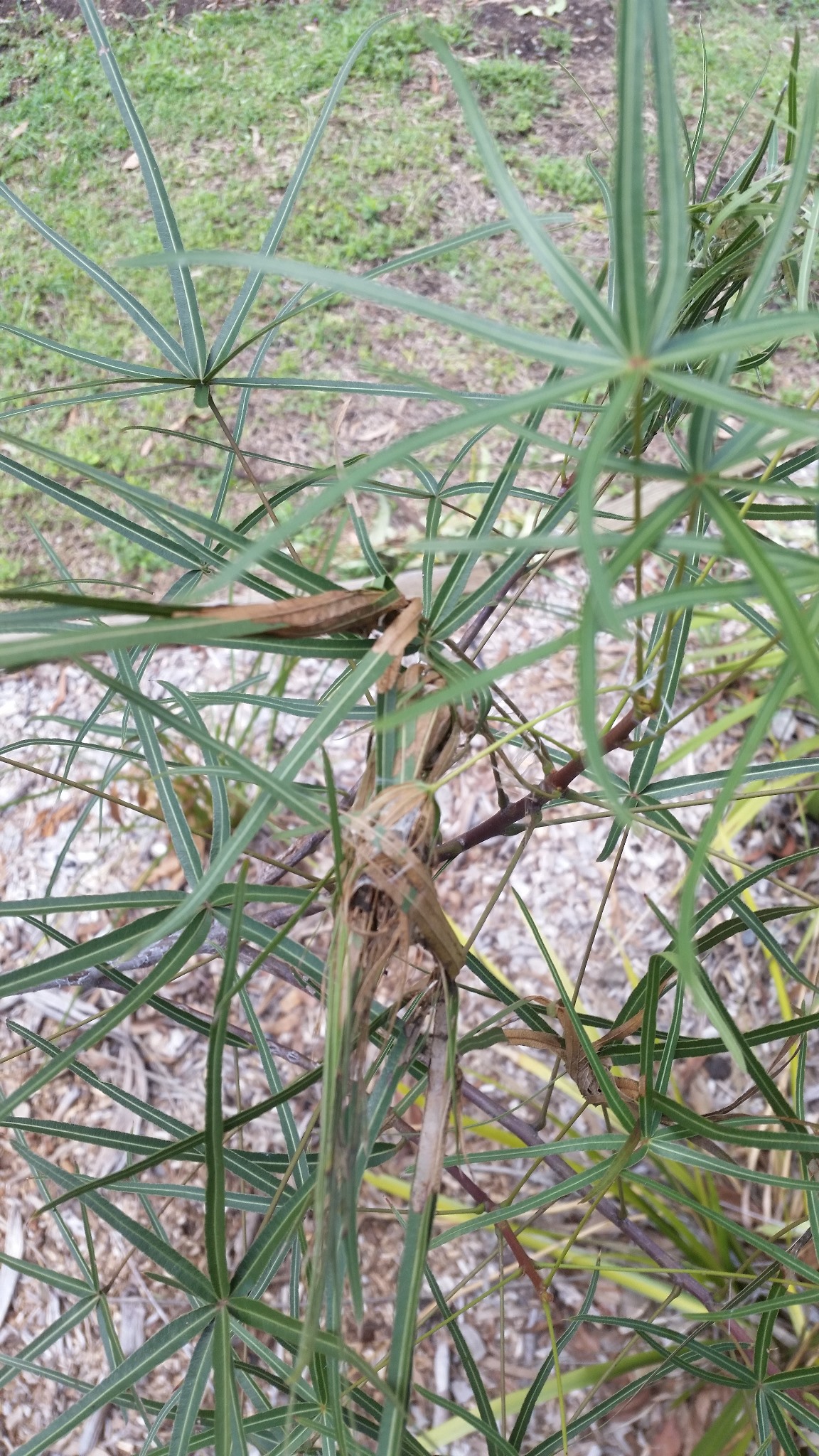
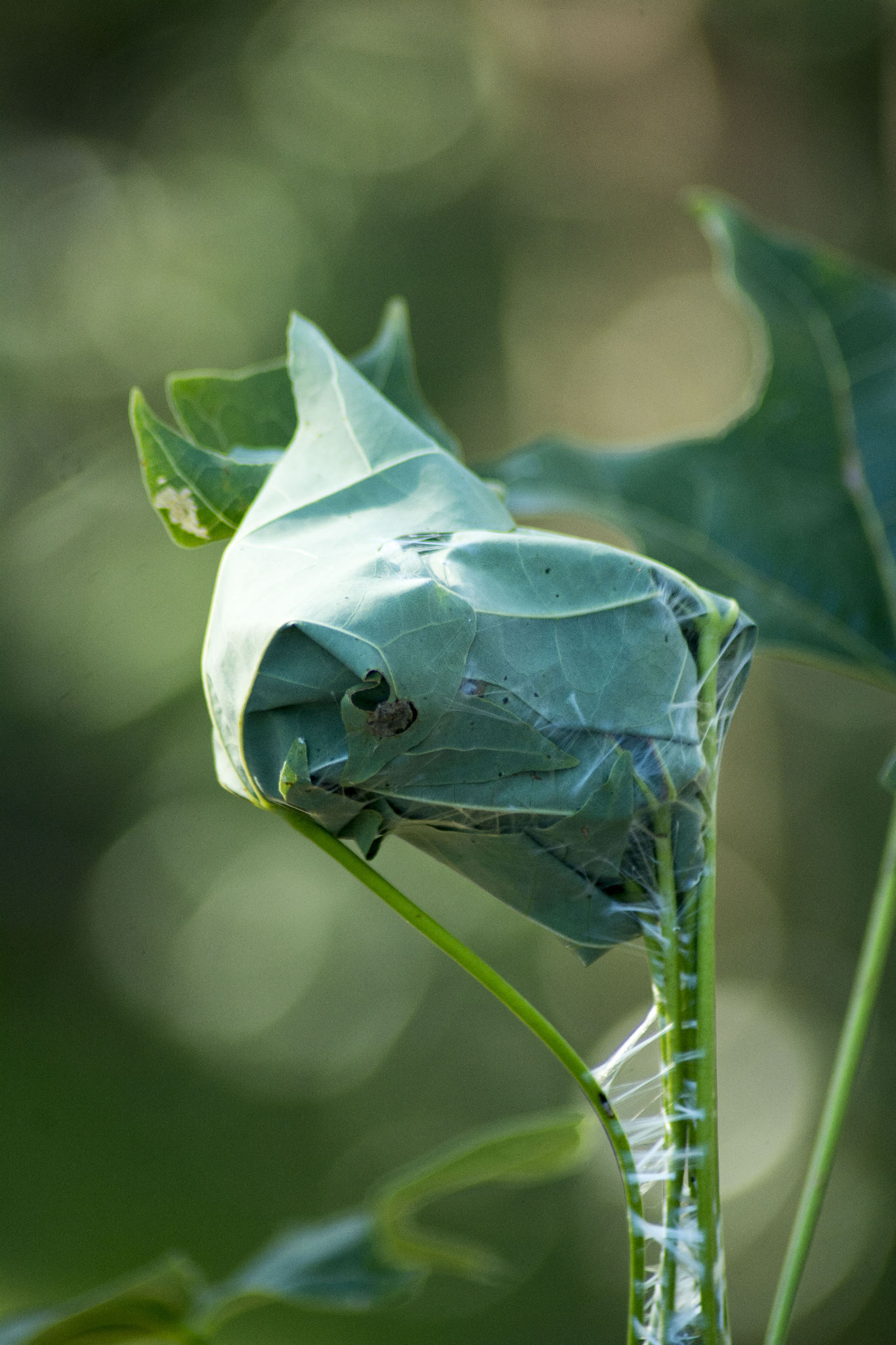
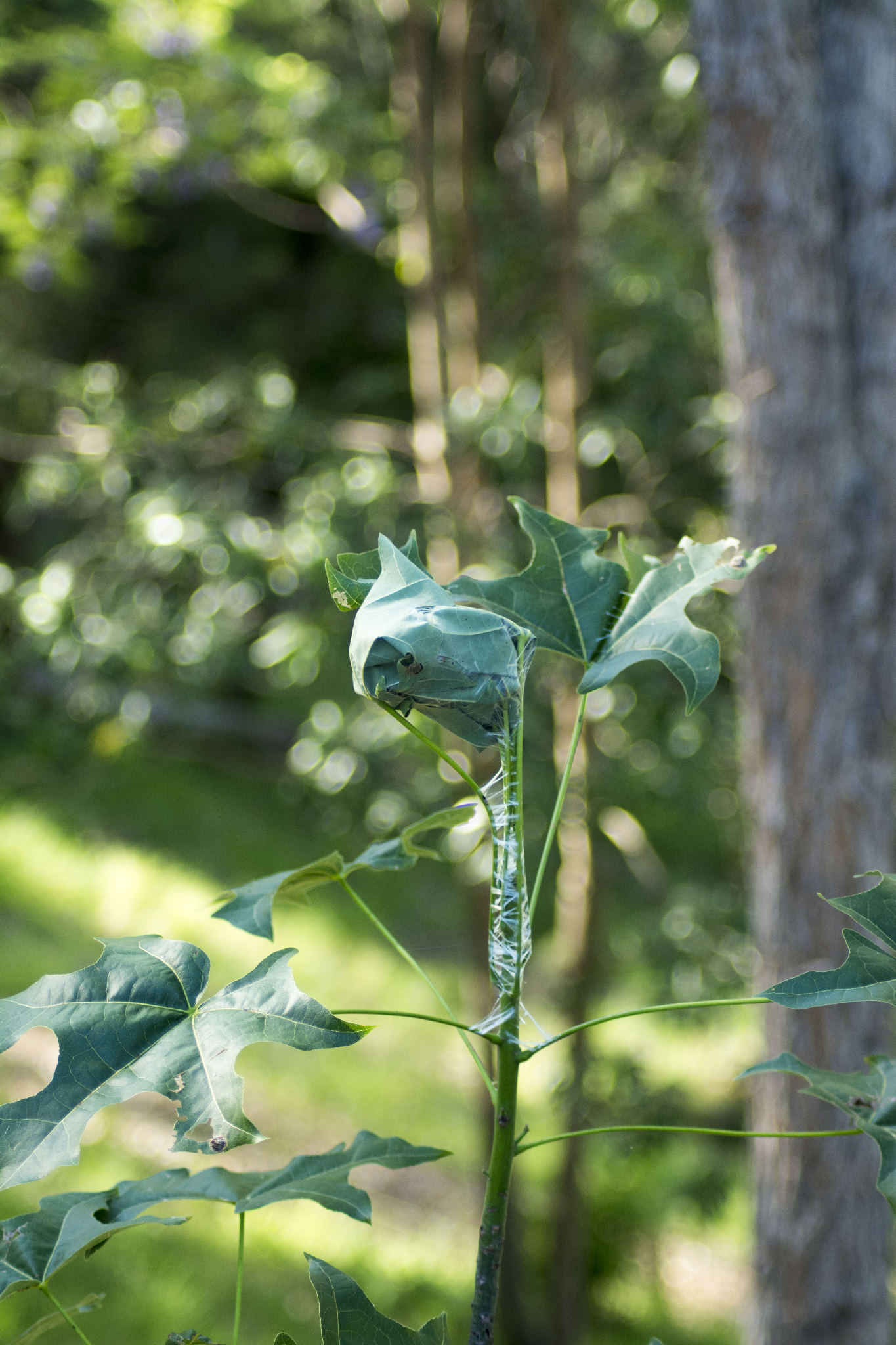
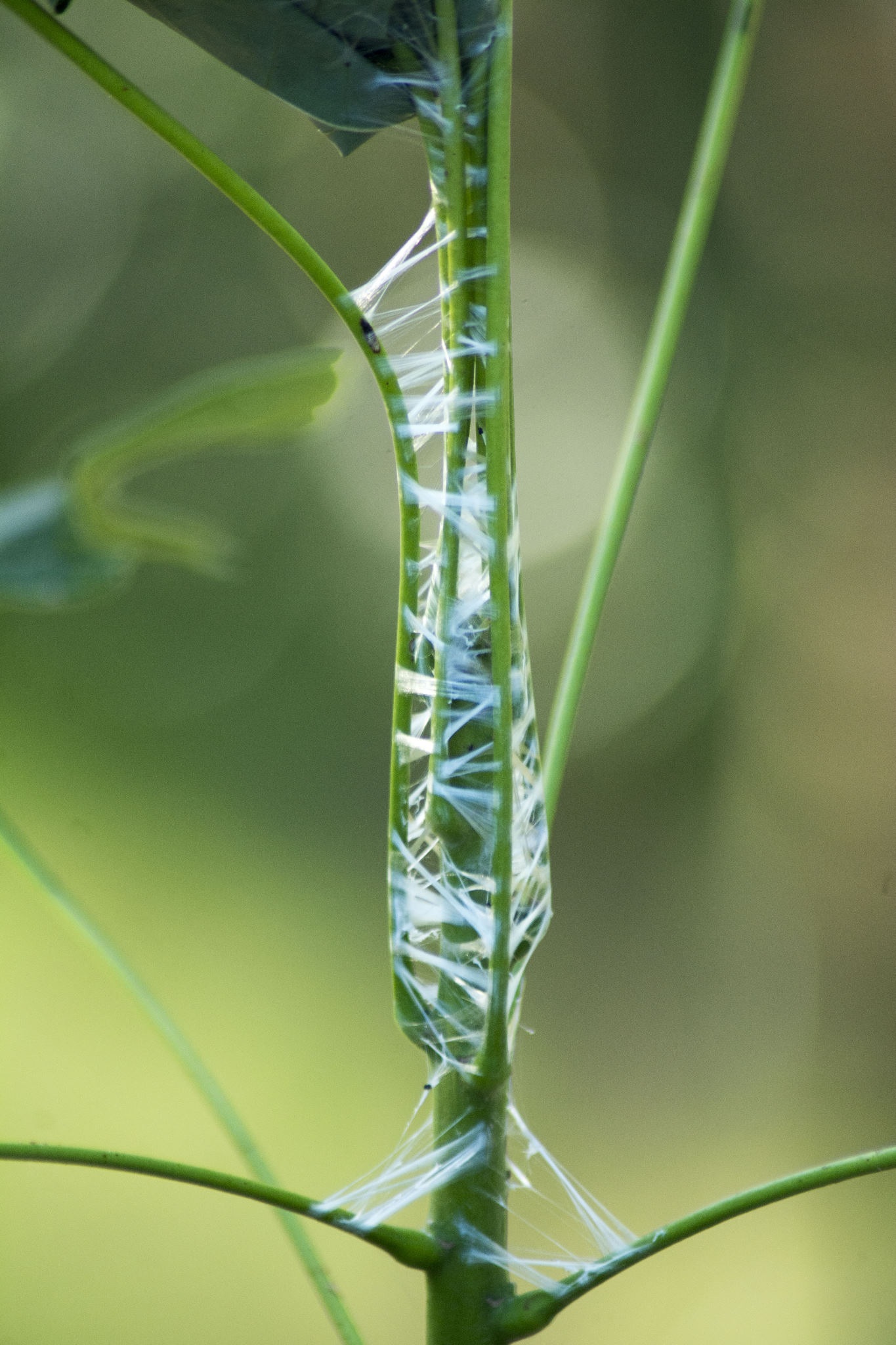
Thanks for posting this info. Has clarified my problems on a single tree in suburbia. Has been particularly bad this season.
Hi Dean,
Yes it is the season for webbing caterpillars.
Our brachychitons pictured in this post are again covered in webs, but they are much stronger now and should survive without too much damage.
I also have a mild infestation of Kurrajong bag moth on my Illawarra Flame Tree in Ivanhoe Victoria
Hi Roger,
We’ve found that most of our trees survive well through a “mild” infestation.
Did yours make it through without too much damage?
I have some Yates success ultra containing 5G/L Spinetoram will this effect the caterpillars in a flame tree
Rafe, I do not know about that specific poison. Sorry.
We do not use insect poisons, and deal with bad infestations by hand.(removal and crushing)